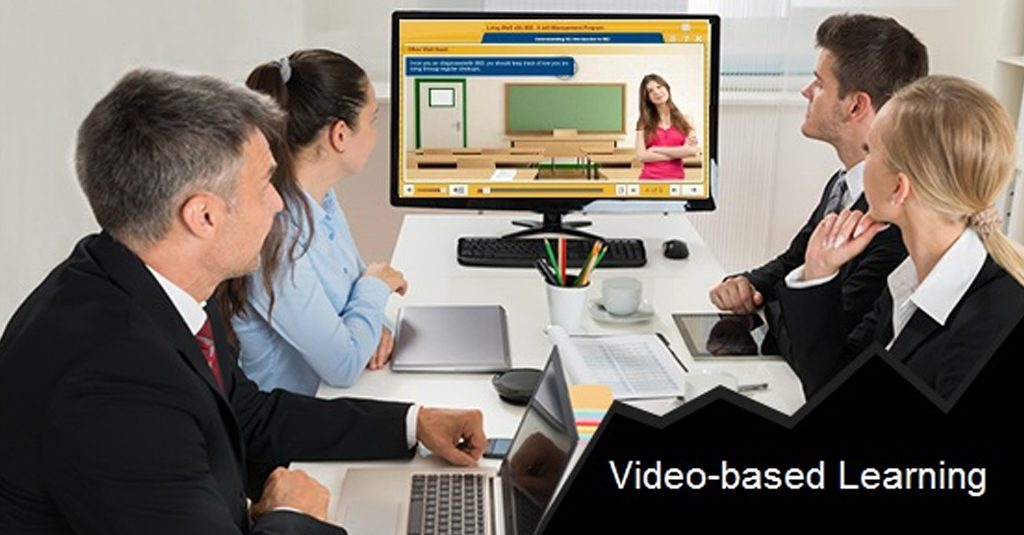Technology-aided learning provides learning as per the needs and requirements of learners by presenting learning content in accordance to their preferences. This provides developers space to explore newer ways of training and learning to make sure that the content is as effective as it is interesting for learners.
Video-based learning is not exactly a new way of learning that has been explored recently. It has been popular for a long time – both in educational institutes as well as corporate training. With the onset of mobile technologies, video-based content can now be easily accessed and can provide effective just-in-time learning.
When creating learning videos, it is important to align with the strengths as well as weaknesses of the medium. Here are 5 mistakes that you can avoid while creating video-based learning content.
1. Belittling the first step- Finalizing budgets: This step cannot be overlooked at all as the budget is the deciding factor on how the video will shape up. The first thing to decide is the format – animation, live action or simply a walkthrough. Timelines of development and deployment will also have to be finalized as per budgets. The mode of production will also be taken into consideration so to ascertain whether production will be in-house or external resources will be hired to create the video.
2. Creating the script without taking into account different factors that influence it directly
It is important to create the script in collaboration or at least vetting it with in-house content experts like the content marketing team. The learning video needs to reflect company’s voice and tone and relevant teams can guide developers in that direction. It is also a mistake to use too many buzzwords or jargon that the learner is not familiar with. Some buzzwords are ok, but it is important to back them up with relevant data or facts. Also, some videos have too much script and too little visual context. Use visuals to describe complex concept and save your words for something impactful or to re-enforce facts. This will help getting the video too long as well.
3. Choosing the wrong production mode: While this is one of the factors while deciding the budget, it has many more repercussions on the overall production value of the learning video as well. There are pros and cons of each – the right decision can be arrived by analysing them all. Advantages of in-house creatives is that you have the ability to personally address any and all project roadblocks to create content with speed and accuracy. Brainstorming on newer ideas and implementing them is also easier when there are dedicated in-house resources. Collaboration with internal experts with in-person meetings and brainstorm sessions can also add value to the video being developed. However there are disadvantages as well – and the main one is maintaining in-house resources for video creation – as it is a costly affair, if the production is not consistent, it does not make financial sense at all. Also, when working with in-house creatives you are limited to their skill-set and personal style. Itis also easy to get behind on video production especially when the in-house creative is dependent on others in the organization.
Among the many advantages of employing external creatives is that you are not limited to a particular skill-set, style or even geographic location. Also, timeline is agreed upon at the beginning of a project, and with an assigned project manager an external creative agency can deliver timely. External agencies can also provide multiple videos, as per the learning needs and course content. Disadvantages of this mode is the fixed cost in-person collaboration which is difficult and often long drawn. Also, quality is an issue, if the client – an agency does not agree on aesthetics, design and other issues.
4. Using poor audio: Most videos have background music and it is a determining factor whether the video makes necessary impact on the audiences. The chosen music must reflect the values associated with of your brand. Wrong music can easily become a distraction and take learners’ mind away from information that the video is sharing. Many videos also use an audio voice-over. If a voice actor is employed for this, it is essential that your directions are clear and easy to follow. Providing them with a script and expecting them to execute is just not enough. It is important to give them direction as to various nuances to be included, important sections and so on.
5. Ignoring the importance of final review: Review of the video is the last step that again, cannot be undervalued. Start by reviewing every second of footage. Read over any and all textual content within the video. Review the audio, separately to fish out inconsistencies or errors. It is also a good idea to have an internal as well as external review done to make sure that the quality of video is perfect.
Creating learning videos can sustain your learning initiative over a long time. By avoiding some of the common mistakes, we can make sure that the quality of the videos are up to par and they are utilized well as effective tools of learning.
Source and suggested further read: 5 Mistakes To Avoid While Creating Video-Based Learning Content








